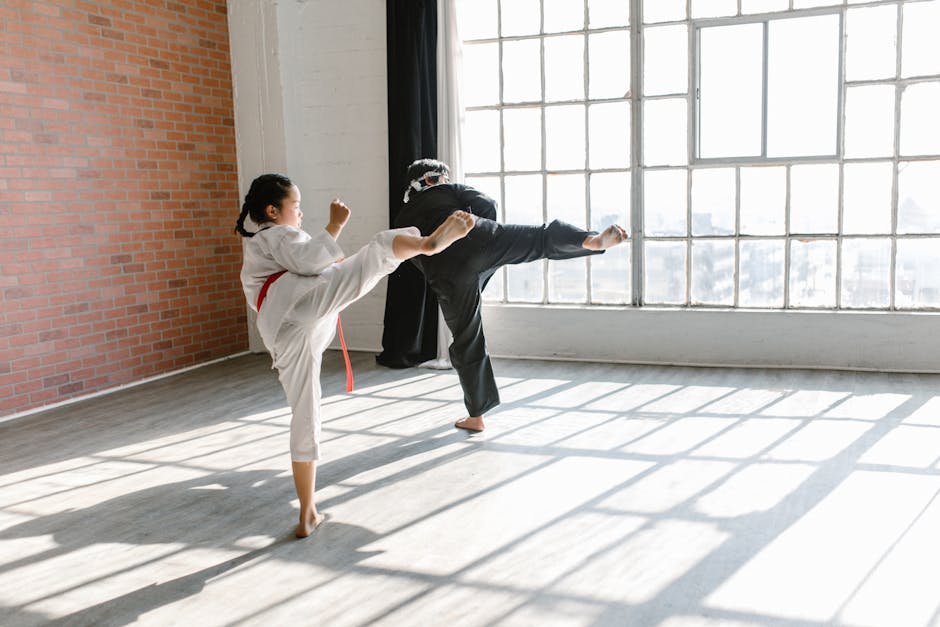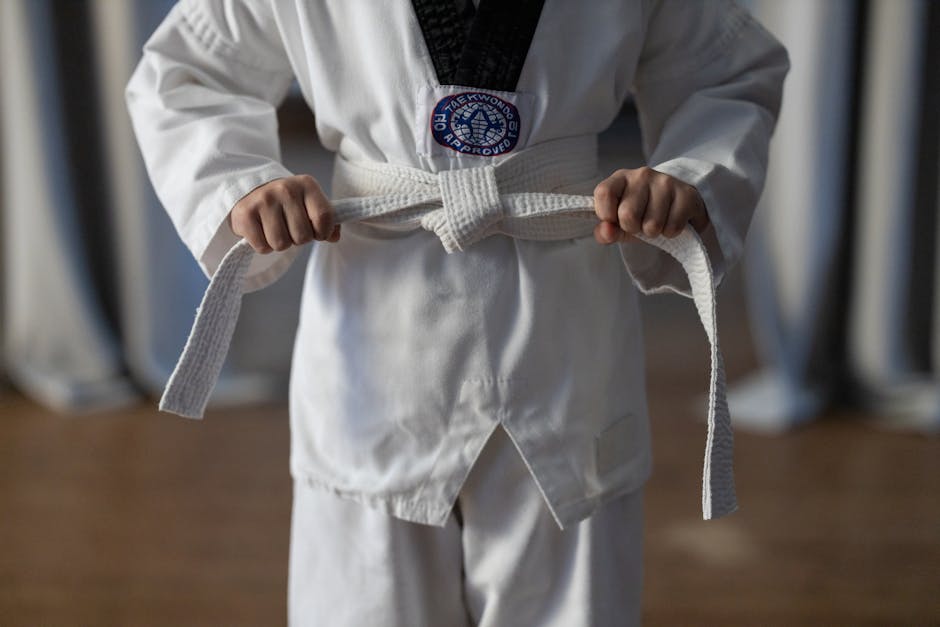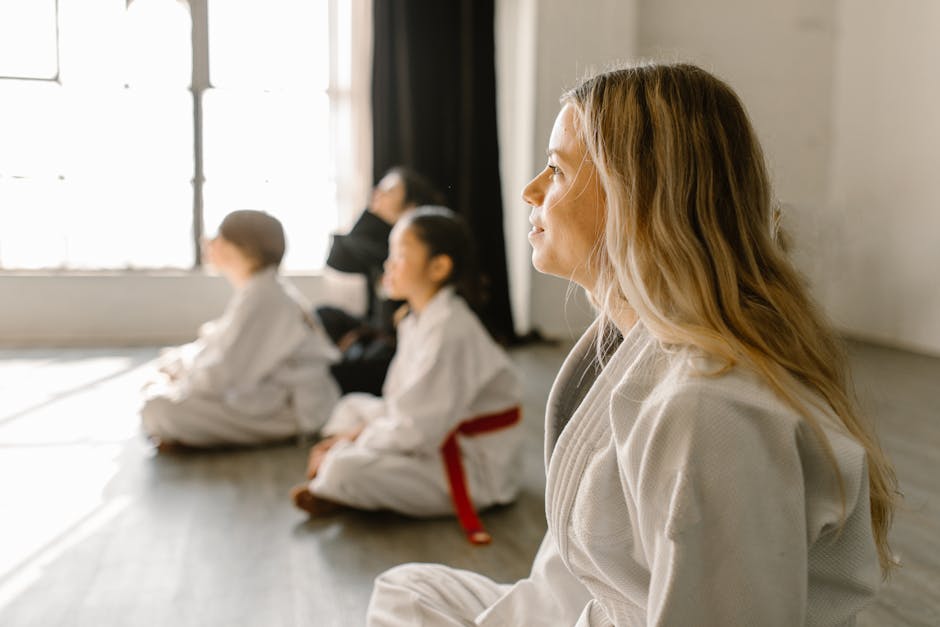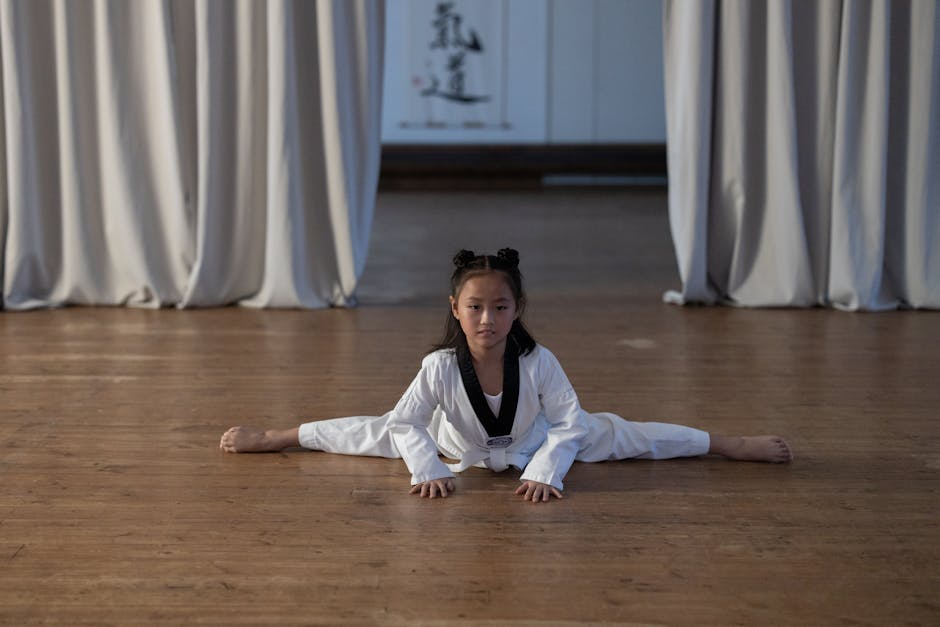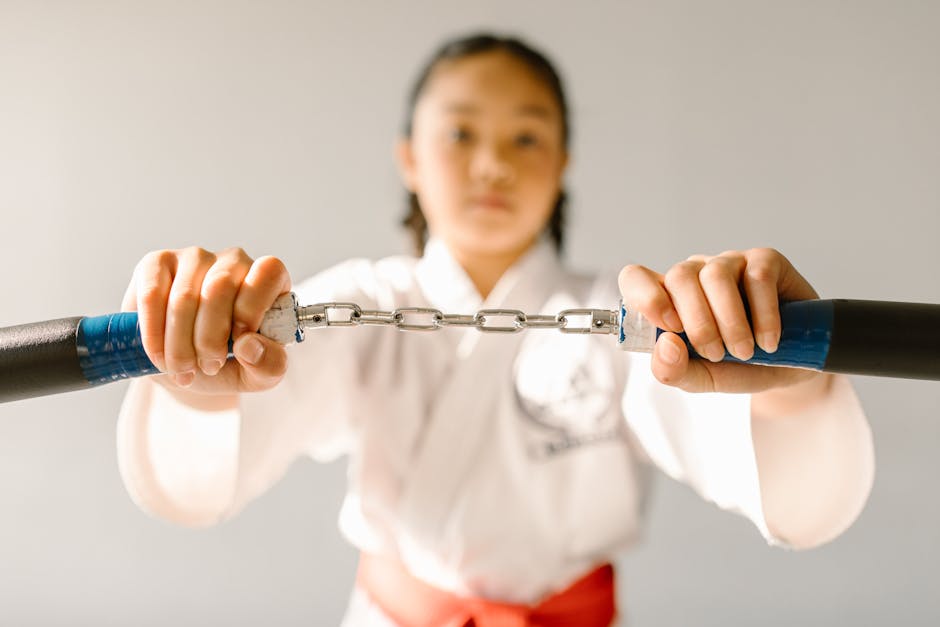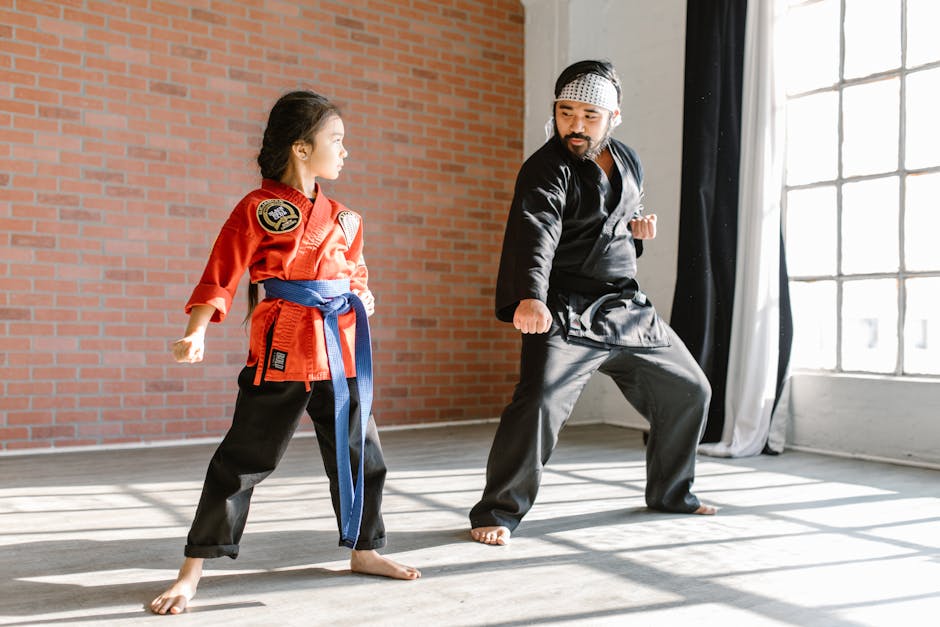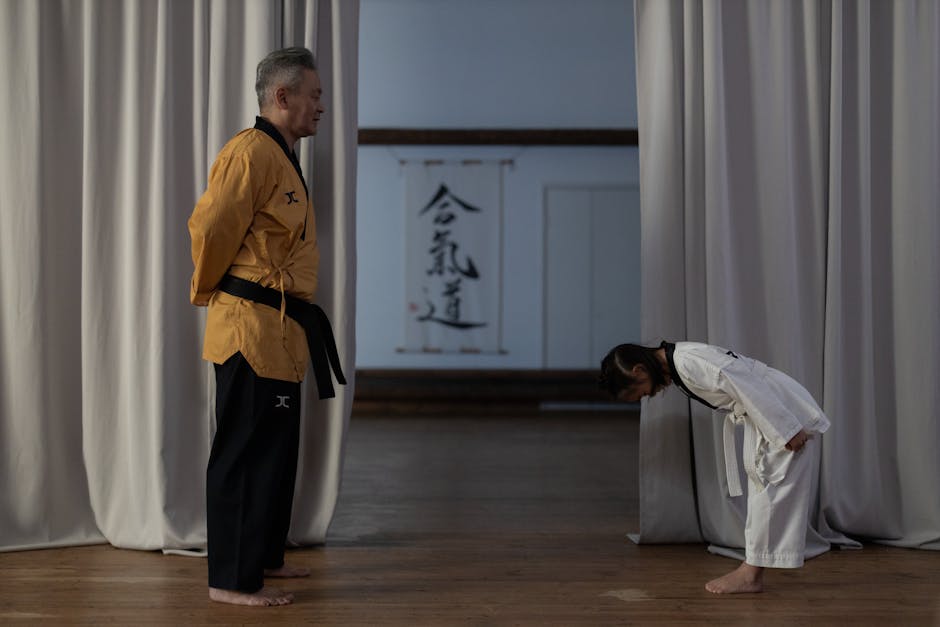Table of Contents
Taegeuk Poomsae For Coloured Belts
While there are many taekwondo poomsae (or styles), some Taekwondo schools use them to varying degrees or with different levels of importance in their teaching. However, there are two specific taegeuk poomsae that most masters agree are essential skills for every student to learn and perform well: the front kick and the back fist.
Many students never get the chance to learn these moves correctly, while others may only see teachers perform them without understanding their significance or application in competitions. This can hinder students from getting the full value of their training and create confusion.
Fortunately, this article will provide a detailed explanation of both kicks, including proper techniques and the reasons why they are important to know.
Important Poomsae Elements
The first element of any taegeuk poomsae technique is the changing position or stepping foot pattern. This step involves the movement of feet, legs, arms, or body, depending on the specific poomsae being taught.
In Taekwondo, there are a total of eight taegeuk poomsae. These poomsae involve changing leg positions, arm positions, or torso angles. They include two starting stances, one forward and one backward, and six moving techniques.
It is crucial to perform these movements slowly and deliberately to maintain balance and muscle control. Once these steps are mastered, more complex moves can be added.
Combination Poomsae
A combination of poomsae combines all five traditional styles into one sequence. While there are various variations of this style, they all share two common characteristics: a significant number of moves that cannot be entirely described, and the difficulty of learning them.
Combo poomsae can consist of as few as three or four moves, making them relatively simple to perform. However, mastering these moves takes time, as not every move pair complements each other seamlessly.
Combination poomsae are often used by martial artists to showcase their skill and proficiency in the art.
Three-step and Four-step Poomsae
Taegeuk poomsae can be categorized into two main types: three-step and four-step poomsae. Three-step poomsae involve starting, transition, and ending positions in each activity.
Three-step poomsae usually begin with the right hand moving up towards the left elbow and then back down along the inner thigh. The feet should be hip-width apart and facing forward. An additional move can involve pushing off both legs and lowering oneself onto one leg before switching legs.
Four-step poomsae follow a similar pattern but include horizontal directions instead of just vertical movements. These moves often include lifting one foot off the ground, stepping away from you, or hopping backwards. Both sets of steps should be performed at a steady pace and with proper form to achieve the desired effect.
Touch and Go
For coloured belts, the ability to perform taegeuk poomsae is highly important. Advanced practitioners often refer to them as “touch and go” or “taegus.” These moves require precision timing and can be performed at full speed or a slightly slower pace with accuracy.
There are three types of taegus: beginner level, intermediate, and advanced. As students progress through the belt ranks, they will likely learn new techniques related to these poomsae.
Disarming Techniques
Disarming is one of the fundamental poomsae techniques. It is performed when a person feels threatened and needs to prevent harm to themselves or others. The term “poomey” comes from the Korean word “taegeup,” which means “to grab” or “to take hold of.”
A poomae typically extend their hands outward to intercept an attack and stop further violence. This technique can be applied to self-defence or defending others. When practising this skill, it is important to ensure that the hand is not close to sensitive areas such as the face or throat.
The proper hand position involves keeping the index finger parallel to the ground and slightly bending the middle finger up and back to maintain arm stability while executing the punch. Practice with soft targets first and under the supervision of a professional to avoid accidental injury.
Distracting Techniques
Many taekwondo practitioners incorporate certain moves, strategies, or concepts to enhance their confidence and skill in the art. Some of these techniques are known as “distracting” tactics because they divert attention away from the primary focus of a technique and onto something else.
A common example is when someone performs an axe handle kick but instead of following with a foot punch, they grab the thigh as the leg comes down. This distracts the opponent’s mind and adds an element of surprise. Distractions can involve grabbing the elbow or shoulder during various techniques to disrupt the opponent’s response.
These distracting techniques are prevalent in various martial arts styles and can help practitioners gain confidence in their skills. Some practitioners even combine these techniques with self-assessment tools that compare their performance to others.
Low Blow
In Taekwondo, low-level techniques are typically allowed for practitioners who are over 18 years old and have achieved black belt status. This is known as a “low blow” or “kick to block” technique. To execute this technique, practitioners deliver a kick with minimal power but enough force to make contact.
To use this technique, practitioners must be at least a double-degree (yellow) rank. Only blue or purple degree (white) belts can target lower-ranking individuals. However, individuals at this level cannot perform higher-ranking techniques against the most basic level practitioners. It is essential to avoid executing this technique without proper training and understanding of its application.
High Blow
The high blow is one of the fundamental poomsae styles in Taekwondo. It involves striking the upper body above the shoulder joint. The technique originates from hip-hop dance moves, which inspired modifications to make it more efficient and effective in Taekwondo.
In Taekwondo, practitioners typically have their arms already raised, making it ideal to target the upper body rather than the chest. Striking a larger area, such as the head and torso, enables practitioners to generate greater force due to the additional weight involved. The goal is to strike with enough power to potentially cause harm or disrupt the opponent.
Taegeuk Poomsae Overview
Taegeuk Poomsae consists of eight patterns or forms in the traditional Taekwondo poomsae curriculum. Each poomsae is associated with a specific trigram from the I Ching and embodies a set of principles.
The eight Taegeuk Poomsae are as follows:
- Taegeuk Il Jang – Associated with the trigram “Gi” (Heaven).
- Taegeuk Ee Jang – Associated with the trigram “Goo” (Earth).
- Taegeuk Sam Jang – Associated with the trigram “Ee” (Fire).
- Taegeuk Sa Jang – Associated with the trigram “Jeong” (Thunder).
- Taegeuk O Jang – Associated with the trigram “Won” (Wind).
- Taegeuk Yuk Jang – Associated with the trigram “Jin” (Water).
- Taegeuk Chil Jang – Associated with the trigram “Gye” (Mountain).
- Taegeuk Pal Jang – Associated with the trigram “Chil” (Earth).
These poomsae involve a series of kicks, punches, blocks, and stances and are typically performed by lower belt students. They represent the creation of the universe and the balance of yin and yang.
🌍 Explore Our Taekwondo4Fitness Global Shop 🛍️
For more information, visit Taekwondo4Fitness. Please check my boards on Pinterest or my YouTube channel as well as the link here for additional resources. To return to the home section, click home.


